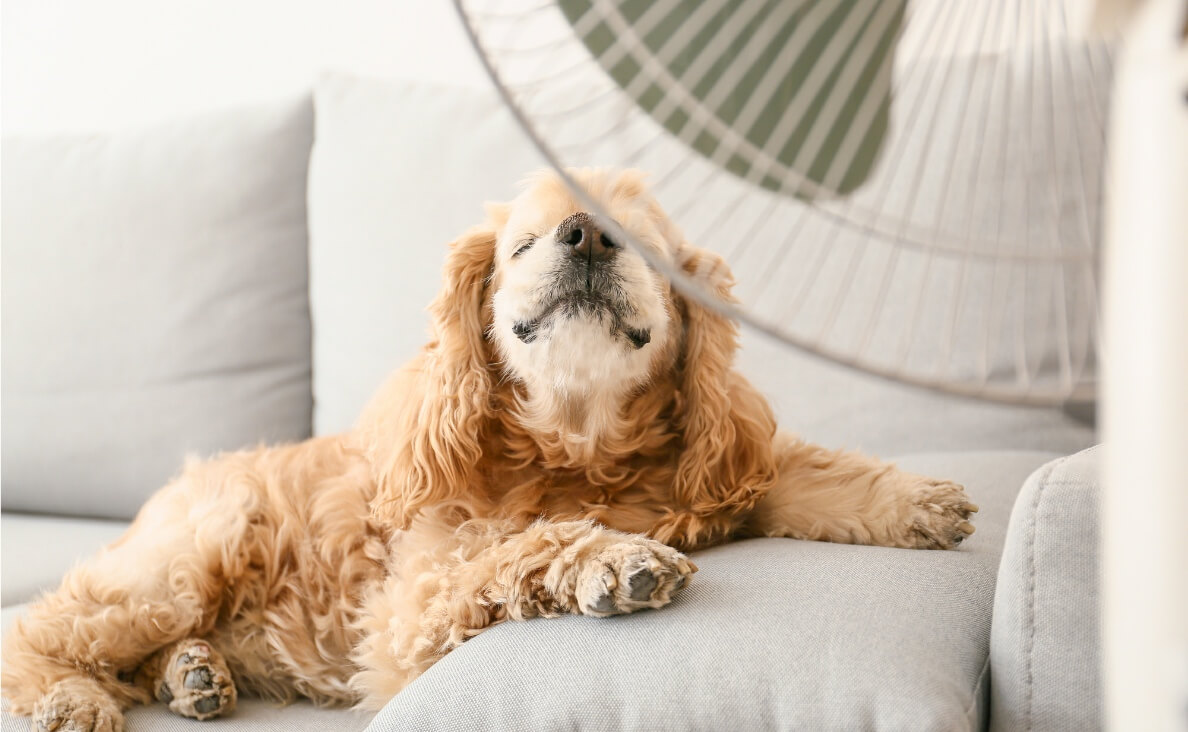
As the temperature rises and the sun blazes during a heatwave, it becomes crucial to take extra care of our beloved furry companions – our dogs.
Dogs, like humans, are susceptible to heat-related issues, and it’s essential for responsible pet parents to be aware of the potential risks and take necessary precautions to keep your dog cool and comfortable.
In this blog post, we will explore the reasons why most dogs don’t do well in heat, the risks of hot weather, and various ways to prevent heat-related problems and ensure your dog stays safe and happy during a heatwave.
Why Most Dogs Don’t Do Well in Heat
It’s important to understand dogs have a different way of regulating their body temperature compared to humans. Unlike us, they cannot sweat through their skin. Instead, dogs primarily dissipate heat by panting. Additionally, they have a limited number of sweat glands located on their paw pads, which contribute only minimally to cooling. This means that their cooling mechanism is not as efficient as ours, making them more susceptible to heat exhaustion and heatstroke.
Certain breeds are particularly vulnerable to heat due to their physical characteristics. Dogs with flat faces, like pugs, bulldogs, and boxers, have difficulty breathing efficiently, which makes them prone to overheating. Additionally, dogs with thick coats, such as huskies and Saint Bernards, face a higher risk of heat-related issues.
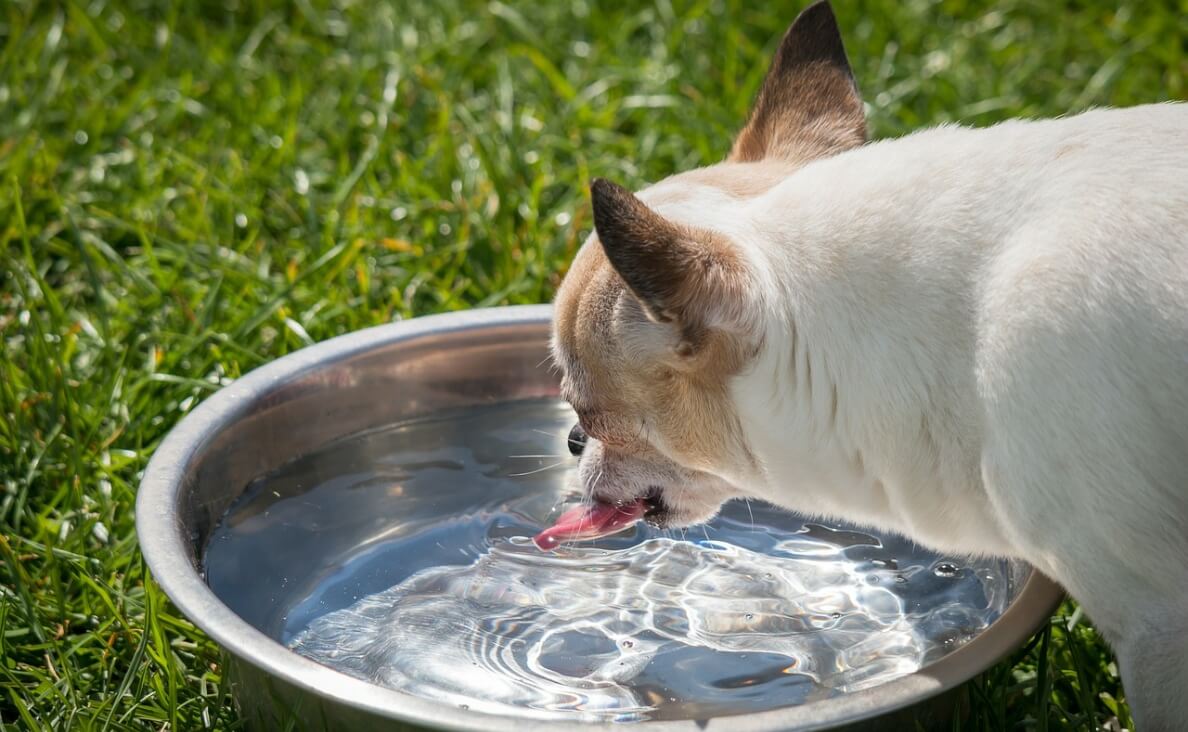
Risks of Hot Weather
Hot weather poses several risks to dogs, and it’s essential to be aware of these potential dangers to protect our canine companions.
Read more: 6 Tips to Protect Your Dog from Summer Heat
Risk of Heat Stroke
Heatstroke is a severe condition that can be life-threatening for dogs. It occurs when their body temperature rises significantly above the normal range, usually above 104°F (40°C). Some common signs of heatstroke in dogs include excessive panting, drooling, lethargy, vomiting, diarrhea, and collapse. If you suspect your dog has heatstroke, it is crucial to seek immediate veterinary attention.
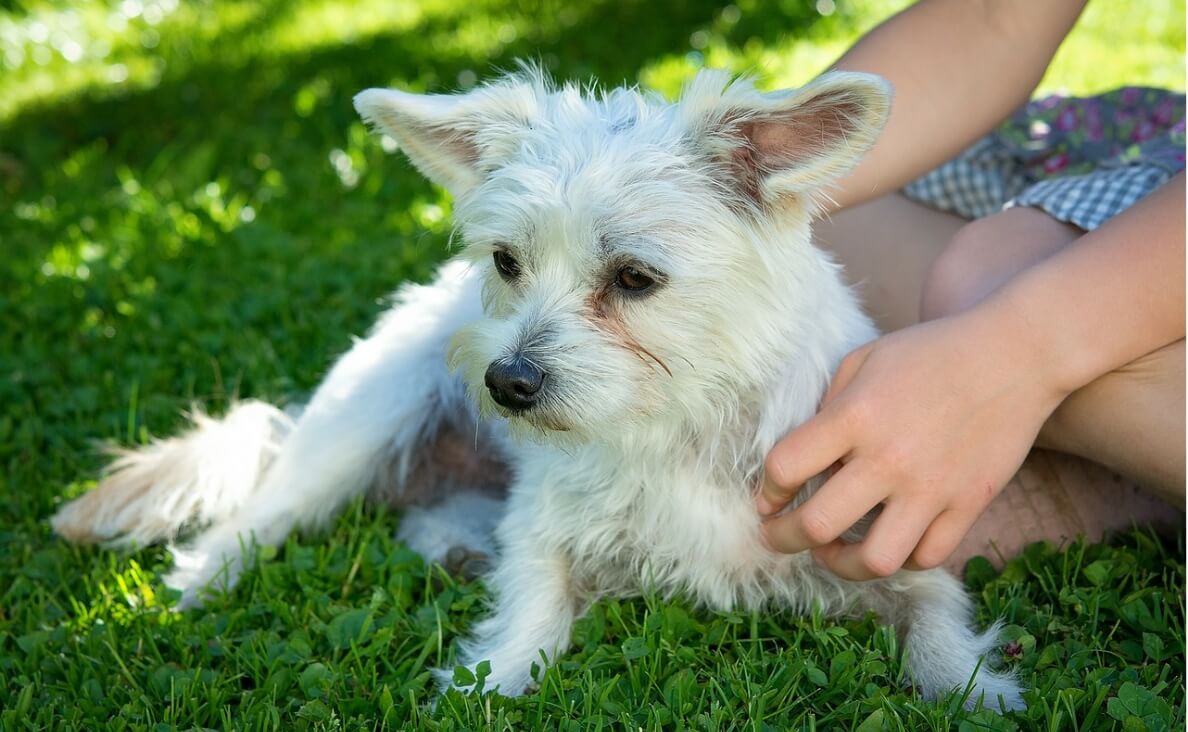
How to Treat a Dog with Heat Stroke
While prevention is the best approach, it’s essential to know how to handle a potential heatstroke emergency if it does occur. Here are some immediate steps to take if your dog shows signs of heatstroke:
- Move your dog to a shaded and cool area.
- Offer water for them to drink, but do not force it.
- Wet their body with cool (not cold) water. Avoid using ice-cold water as it can constrict blood vessels and hinder cooling.
- Use a fan or create airflow to aid in cooling.
- Contact your veterinarian or an emergency animal clinic immediately for further guidance and treatment.
Important: Pay close attention to elderly and brachycephalic dogs as well as dogs who are overweight, as they may struggle with breathing and panting in warm weather.
Risk of Dehydration
During a heatwave, dogs are at a higher risk of dehydration due to increased panting and water loss. Dehydration can lead to serious health problems, so it’s crucial to ensure your dog stays properly hydrated.
Read more: 7 Creative Ways to Keep Your Dog Hydrated
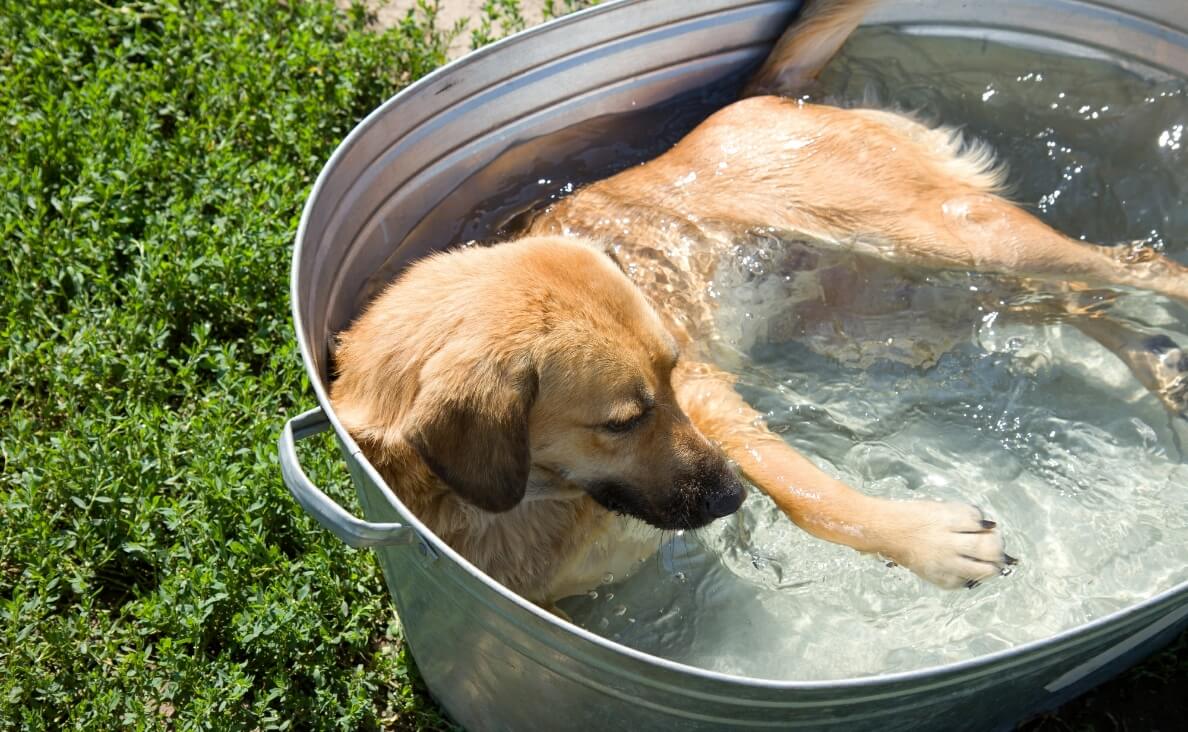
Dogs in Hot Cars
Leaving a dog in a parked car during hot weather is extremely dangerous and potentially fatal. Even with the windows cracked open, the temperature inside a car can rise rapidly and reach deadly levels within minutes. Never leave your dog unattended in a vehicle, even for a short period, during a heatwave.
Read more: When Is It OK to Leave Your Dog in the Car?
Dogs and Sunburn
Believe it or not, dogs can get sunburnt too! Dogs with light-colored or thin fur, and those with exposed skin, such as on their nose, ears, and belly, are particularly susceptible. Sunburn not only causes discomfort to dogs but also increases the risk of skin cancer. Apply a pet-safe sunscreen to vulnerable areas when your dog is spending time outdoors.
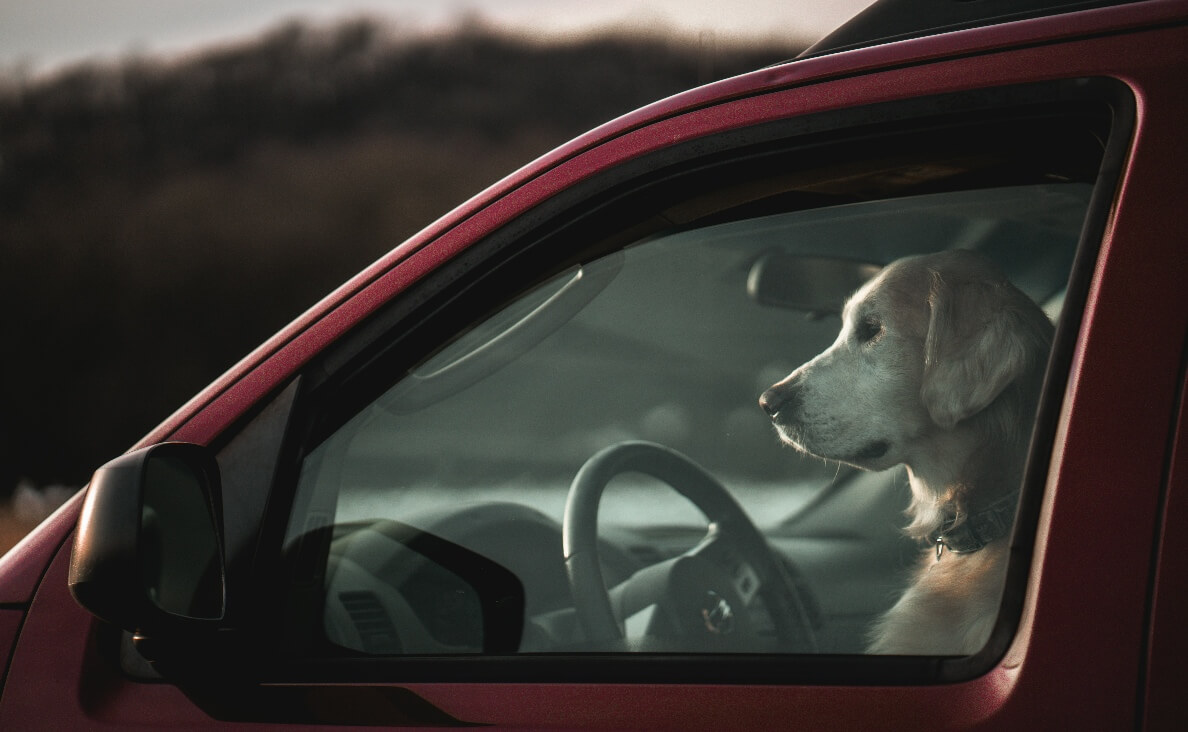
How to Help Your Dog Cool Down
Preventing heat-related issues is crucial, and here are some practical and effective ways to help your dog cool down during a heatwave:
- Provide Ample Shade: Ensure your dog has access to shaded areas, especially during the hottest parts of the day.
- Fresh Water Always: Keep a bowl of fresh, cool water available for your dog at all times.
- Limit Outdoor Activities: Avoid strenuous activities during the hottest hours. Opt for walks and playtime during the cooler mornings or evenings.
- Cooling Mats or Towels: Invest in cooling mats or use damp towels to provide a cool surface for your dog to lie on.
- Frozen Treats: Offer frozen treats or ice cubes made from dog-safe ingredients to help cool them down.
- Keep Indoors Cool: If possible, keep your home cool with fans or air conditioning to provide a comfortable environment for your dog.
- Exercise Caution with Pavements: Hot pavements can burn your dog’s paw pads. Opt for grassy or shaded areas for walks during scorching weather.
- Kiddie Pool: If your dog enjoys water, consider getting a small pool or filling a large container with water for them to splash and play in.
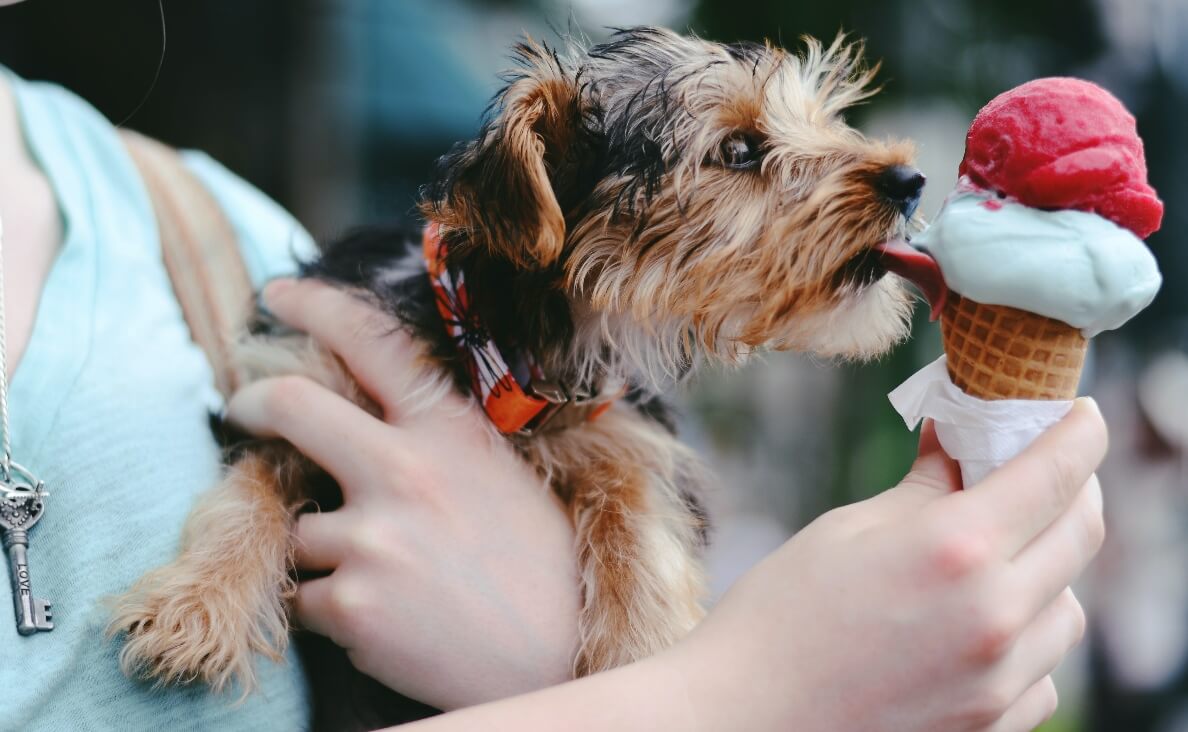
As temperatures soar during a heatwave, it’s essential to prioritize your dog’s well-being and take measures to keep them cool and safe.
Understanding the risks of hot weather, such as heatstroke and dehydration, and knowing how to recognize and handle these issues can make a significant difference in your dog’s health and happiness.
By following the tips and guidelines provided in this blog post, you can ensure that your furry friend stays comfortable and content, even in the hottest of days. Remember, a little extra care during a heatwave can go a long way in keeping your dog healthy and happy throughout the summer season.
How do you keep your dog cool during hot weather? What do you think should be added to this list? Please comment below…

 What Can Dogs Drink Besides Water? Exploring Safe and Healthy Alternatives
What Can Dogs Drink Besides Water? Exploring Safe and Healthy Alternatives Is Your Dog a Good Candidate for Blood Donation?
Is Your Dog a Good Candidate for Blood Donation? Cranial Cruciate Ligament Rupture in Dogs
Cranial Cruciate Ligament Rupture in Dogs What Can a Dog DNA Test Tell You About Your Dog?
What Can a Dog DNA Test Tell You About Your Dog? What Every Dog Owner Should Know About Ear Infections in Dogs
What Every Dog Owner Should Know About Ear Infections in Dogs






Leave a Reply